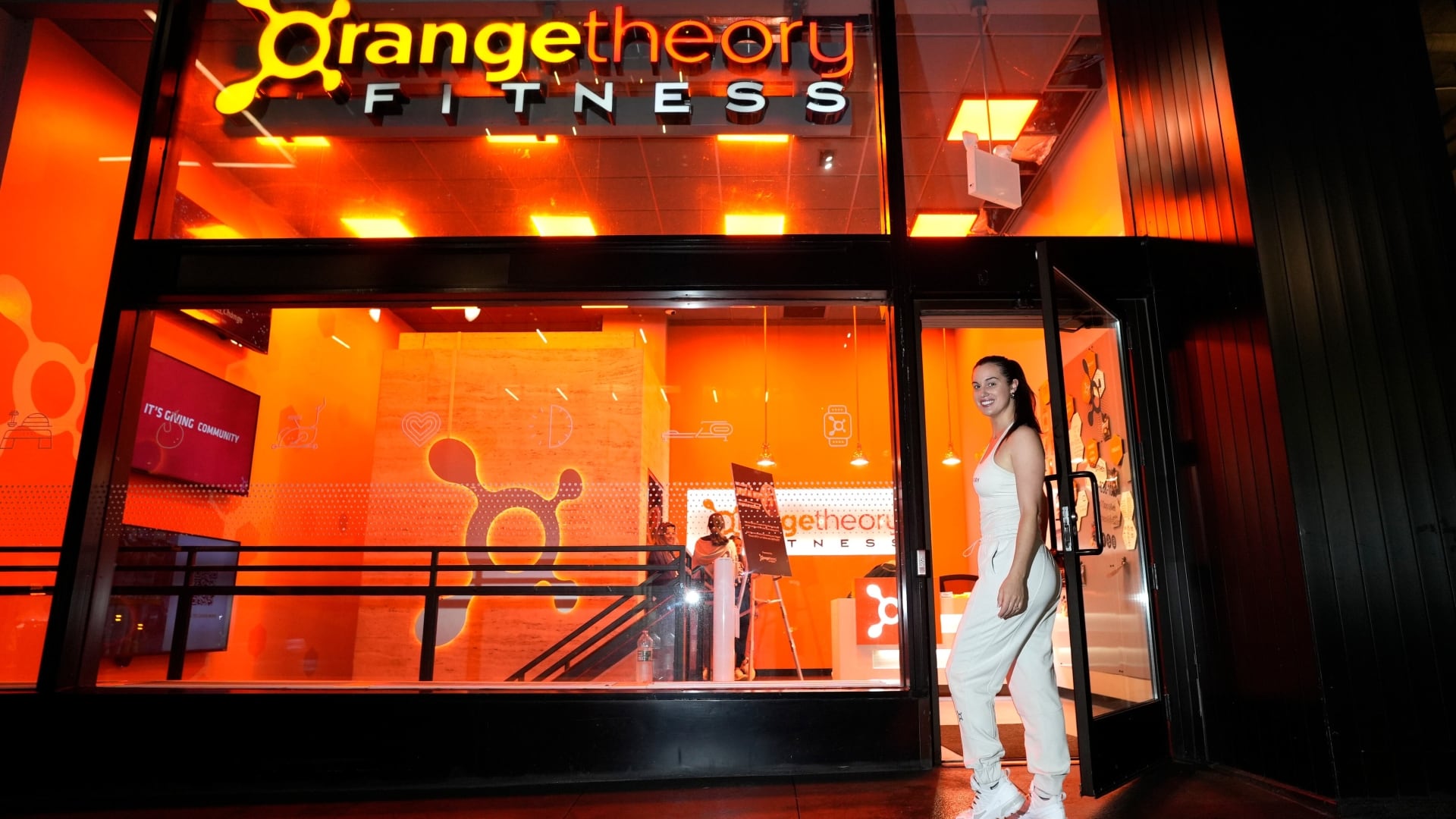By Damian J. Troise and Alex Veiga
Wall Street closed out a week of choppy trading with stocks mostly lower Friday, though gains for several tech companies pushed the Nasdaq composite to another record high and its first close over 16,000 points.
The S&P 500 index gave up 0.1% a day after setting an all-time high. The Dow Jones Industrial Average fell 0.7% and the Nasdaq composite rose 0.4%. Despite an up-and-down week, the S&P 500 and Nasdaq notched weekly gains, while the Dow posted its second straight weekly loss.
Some 66% of companies in the S&P 500 fell, with financial and energy stocks accounting for a big share of the pullback. Those losses outweighed gains in technology and a mix of companies that rely on consumer spending.
Investors continued to review earnings from a range of retailers to essentially close out the latest round of corporate report cards. They're also focusing on the potential risks to the economy and corporate profits from rising inflation, which has pushed stocks into a bumpier path after weeks of solid gains.
“There’s still a wide range of outcomes and perspectives around whether inflation is becoming more imbedded and durable or will be transitory,” said Bill Northey, senior investment director at U.S. Bank Wealth Management.
The S&P 500 fell 6.58 points to 4,697.96. The Dow slid 268.97 points to 35,601.98, its third straight drop. The Nasdaq added 63.73 points to 16,057.44, for its sixth straight gain.
Smaller-company stocks fell more than the broader market. The Russell 2000 index lost 20.43 points, or 0.9%, to 2,343.16.
The yield on the 10-year Treasury fell to 1.54% from 1.59% late Thursday. Falling bond yields weighed down banks, which rely on higher yields to charge more lucrative interest on loans. JPMorgan Chase dropped 1.3%.
U.S. crude oil prices fell 3.7%, dragging down energy stocks. Exxon Mobil shed 4.6%.
TurboTax maker Intuit jumped 10.1% for the biggest gain in the S&P 500 after raising its profit forecast for its fiscal year. Software maker Adobe rose 2.6%.
Several companies that rely on direct consumer spending for goods and services also rose. Tesla added 3.7% and Nike rose 2.1%.
Moderna climbed 4.9% and Pfizer fell 1.2% after the Food and Drug Administration opened up coronavirus booster shots from the two companies to all adults.
U.S. stocks have been mostly pushing higher since early October as companies reported much stronger profits for the summer than analysts expected. More than 95% of companies in the S&P 500 have reported their latest quarterly results in recent weeks, posting overall earnings growth of about 40%. That outpaces analysts’ forecasts for 23% growth made back in June.
Still, companies are facing higher raw materials costs and supply chain problems that could crimp future profits. Consumers have so far absorbed higher prices, but analysts fear they could eventually rein in their spending if higher prices persist too long.
The situation is putting pressure on the Federal Reserve to move faster to rein in its ultra-low-rate policies in order to combat rising prices. On Friday, analysts at Bank of America projected that the Fed will likely start raising its benchmark interest rate in the second quarter of 2022, two quarters earlier than they had previously forecast.
Businesses are facing higher raw materials costs and supply chain problems that have been cutting into operations. That has raised concerns that a wide range of industries could see growth stunted into 2022.
The latest examples include Williams-Sonoma. The seller of cookware and home furnishings warned investors that supply chain problems could hurt its inventory through the middle of next year. The stock fell 1.5%.
Applied Materials fell 5.5% after reporting weak financial results and a disappointing profit forecast partly because of supply chain problems.
“Those (supply chain) problems will likely clear over time, but they may not clear in time for the holiday season,” Northey said. “That may cause demand to be unmet or shift to early next year.”
Wall Street is also worried about consumers eventually pulling back on spending because of higher prices. Prices for U.S. consumers jumped 6.2% in October compared with a year earlier, leaving families facing their highest inflation rate since 1990, the Labor Department said.
The higher prices have yet to derail consumer spending, though, and retail sales jumped 1.7% in October, according to the Commerce Department. That was the biggest month-to-month gain since March.
Updated on November 19, 2021, at 5:25 p.m. ET.













